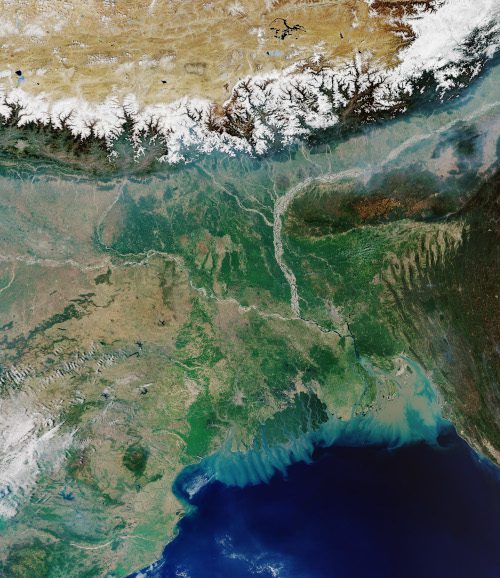- To address climate change, decision-makers need accurate information on how our world is changing now, and also what may happen in the future
- A sound knowledge of how Earth behaves as one system is the foundation to all of this – and the pieces of this complex puzzle come largely from satellites orbiting our planet.
- To ensure that data from Earth-observing satellites are used to their best advantage, further science and, ultimately, bring the most benefit to humankind, ESA and NASA have formed a strategic partnership for Earth science and climate change.
ESA’s Acting Director of Earth Observation Programmes, Toni Tolker-Nielsen, said, “We are already witnessing the effects of climate change through rising temperatures, rising sea levels, melting ice and thawing permafrost, for example. Both ESA and NASA have excellent tools and the expertise to advance Earth science, so working together we will be able to achieve much more.
The partnership was formalised today when ESA’s Director General, Josef Aschbacher, and NASA’s Administrator, Bill Nelson, signed a Statement of Intent. This aims to pave the way to leading a global response to climate change, through the monitoring of the Earth and its environment with their combined efforts in Earth science observations, research, and applications.

“Climate change is an all-hands-on deck, global challenge that requires action – now,” said NASA Administrator Bill Nelson. “NASA and ESA are leading the way in space, building an unprecedented strategic partnership in Earth science. This agreement will set the standard for future international collaboration, providing the information that is so essential for tackling the challenges posed by climate change and helping to answer and address the most pressing questions in Earth science for the benefit of the United States, Europe, and the world.”
This is not the first time ESA and NASA have joined forces. For example, ESA and NASA teams worked together on field campaigns in the Arctic to validate their respective CryoSat and ICESat missions. They also work together and with other partners on the recently launched Copernicus Sentinel-6 mission, which is a new mission to extend the long-term record of sea-level rise.
In May, NASA announced its Earth System Observatory, which will design a new set of Earth-focused missions to provide key information to guide efforts related to climate change, disaster mitigation, fighting forest fires, and improving real-time agricultural processes. The joint statement of intent complements activities underway for the Earth System Observatory.
In addition, ESA and NASA are currently defining a new gravity mission to shed new light on essential processes of the Earth system such as the water cycle. For example, it will ‘weigh’ water in its various locations, such as underground and in the oceans, to understand water mass distribution and transport.
Through the new strategic partnership, ESA and NASA will explore and develop new ways to work together, achieve synergy between their activities, coordinate and cooperate on key strategic programmatic, scientific and policy interests, and identify processes to work more efficiently and swiftly together.
Josef Aschbacher, noted, “Without doubt, space is the best vantage point to measure and monitor climate change, but joining forces is also key to tackling this global issue. This is why today’s agreement between our organisations is so crucial. Timing is also important, particularly as we look to the COP26 climate conference later this year, where we have the chance to further make space an integral part of the solution when it comes to climate-change mitigation.”
You can browse through some of ESA’s archive of Earth observation imagery here.






